As we ease into winter, another season of gardening draws to a close. Before you store your gardening gloves and forget what dirt under your fingernails looks like, take a few minutes this month to wrap up some simple garden tasks to finish the year strong.
Last month I wrote about steps you can take this fall for a healthy lawn through winter and into next spring. If you didn’t have time in October to get everything done, keep in mind that you can treat for moss and turf-damaging grubs or worms at any time—it’s never too late to keep your lawn healthy! Likewise, “winterizing” fertilizer can be applied anytime this month or next to feed your lawn through the winter months and into spring.
With the last of the leaves falling, take some time in the next couple of weeks to do a final clean-up of your yard. If the rain hasn’t plastered fallen leaves in place on your grass and flowerbeds yet, it will soon, so don’t expect a good wind storm will take care of things. A little effort in raking can save a lot of headache of dealing with dead grass next spring—leaves left to rot on your lawn can rot your grass right along with.
Additionally, while leaves do provide some insulation to the plants in your beds, they may harbor insect eggs, mold spores or other diseases. So, while fallen leaves can serve a purpose in your flowerbeds, the risks often outweigh the benefits. In other words, grab your rake and get to work!
If you do have tender plants that could benefit from some protection around their roots this winter, insulate them with a layer of fine- or medium-grade bark. The mulch will keep your plants safe while allowing for proper drainage, and in the spring, you can spread the extra bark around your flowerbeds.
As for pruning, take some time this month to prune back only the plants that might be at risk of damage in a wind or snow storm this winter, including roses. Our long, warm summer this year helped roses grow beautifully, but left unpruned, tall rose canes can break off in a northeaster or under the weight of snow. With roses, prune your bushes back halfway after the leaves begin to fall or around Thanksgiving, whichever comes first. Likewise, other plants in your yard that may be at risk of breaking in inclement weather may benefit from a similar pruning this month.
When you’re done with your garden tools for the season, prepare them for a winter’s rest by cleaning them and oiling any metal surfaces to prevent rust. Garden tools today are often treated as throwaway conveniences, but with a little bit of care, a good quality tool should last for years. If you’re really looking for a way to keep your tools in prime condition, use a bastard file to sharpen the blades of your shovels or hoe. Typically, even new shovels only have a semi-sharp blade, so you’ll be impressed how much easier digging can be next spring when you haul out your freshly-sharpened tools!
Finally, before you forget all your successes (and failures) from the past year, make some notes of what worked and what you could have improved in your gardening endeavors over the last year. Gardening can involve a lot of trial and error, so take a minute to journal your results for next season.
Soon, the holiday season will be in full swing, so wrap up another year of gardening with a strong finish.
[/fusion_builder_column][/fusion_builder_row][/fusion_builder_container]


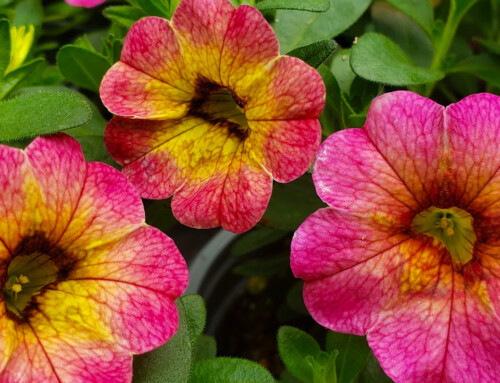
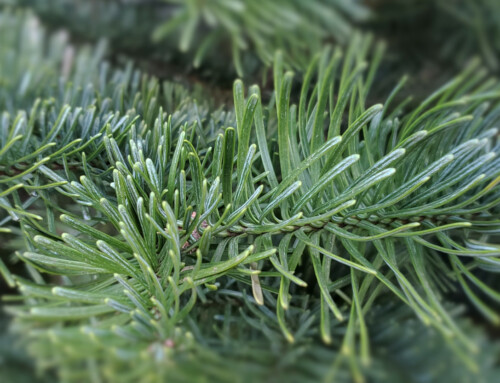
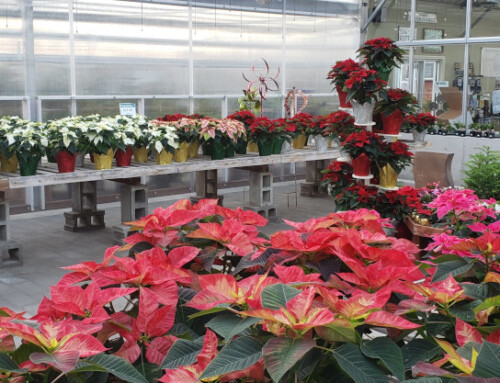
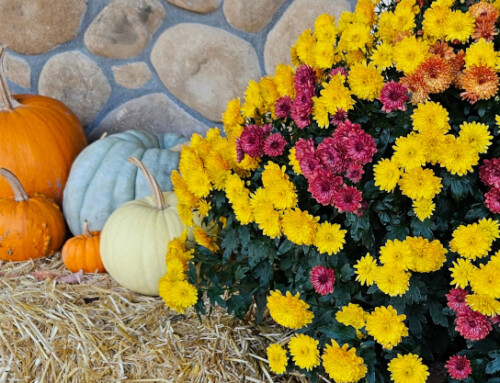
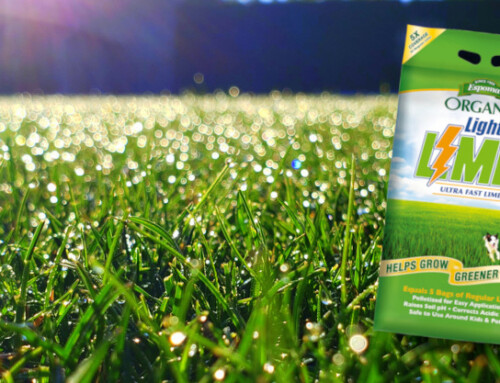
Leave A Comment